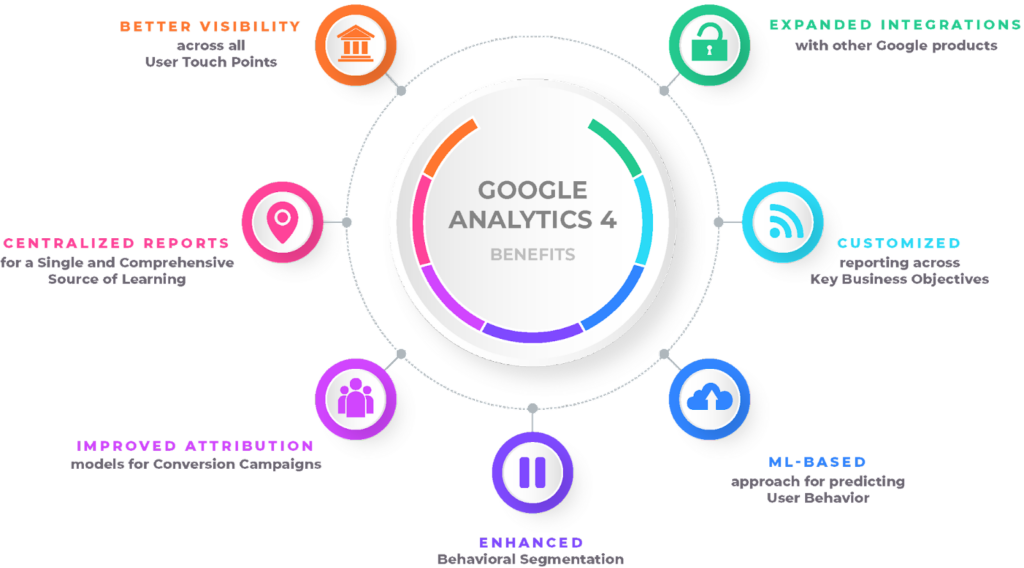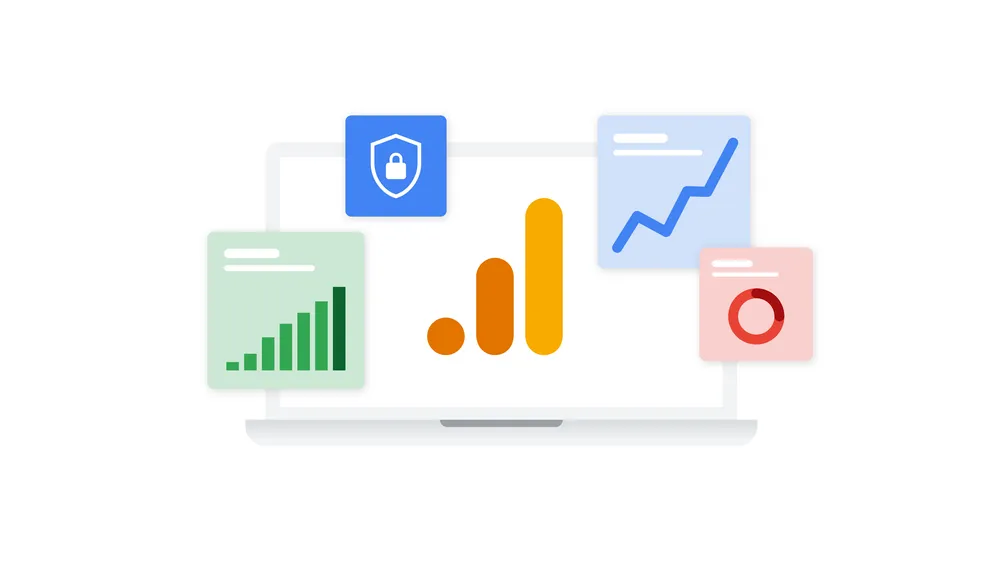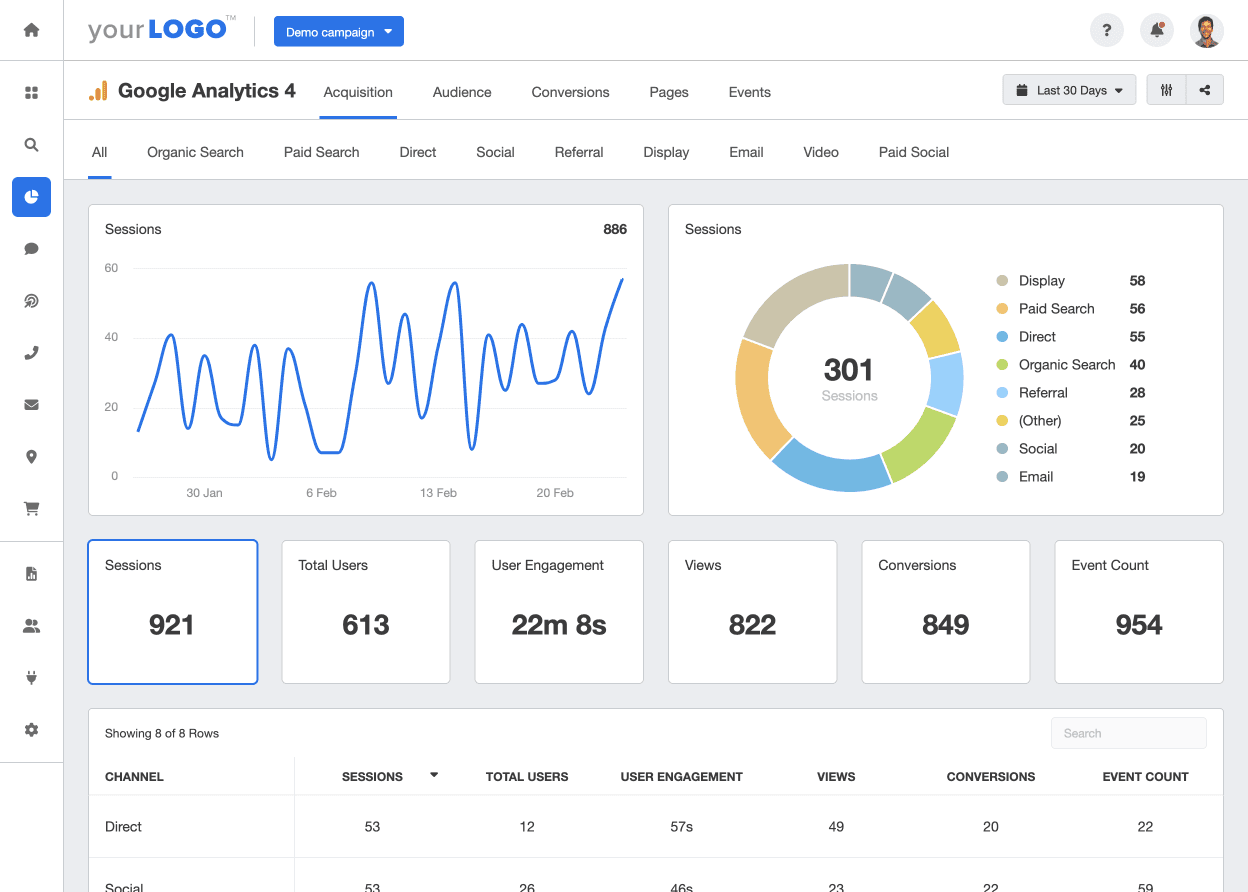Key Factors To Consider for Marketers: When Does the Google Analytics Tracking Code Send an Event Hit to Analytics?
Key Factors To Consider for Marketers: When Does the Google Analytics Tracking Code Send an Event Hit to Analytics?
Blog Article
Master Web Site Insights With Accurate Google Analytics Tracking Code
The efficient utilization of Google Analytics pivots on the accurate implementation of its monitoring code, a fundamental action commonly neglected by internet site owners. What are the common risks that could undermine your tracking initiatives, and how can you make certain accuracy in your strategy?
Comprehending Google Analytics Basics
Google Analytics is a crucial device for website owners and online marketers, giving indispensable understandings into user habits and internet site performance. At its core, Google Analytics accumulates information about site visitors to an internet site, enabling individuals to analyze metrics such as web traffic resources, customer engagement, and conversion prices. Recognizing these basics is critical for optimizing a web site's effectiveness and improving individual experience.
The system employs cookies to track communications, recording information such as web page views, session periods, and bounce prices. This information is aggregated and provided through customizable dashboards, making it possible for individuals to picture fads over time. Key performance signs (KPIs) can be checked, such as the overall number of users, new versus returning visitors, and the geographic distribution of the target market.
Moreover, Google Analytics offers segmentation features, allowing users to separate details traffic resources or customer demographics for even more targeted evaluation. By grasping these foundational aspects, web site owners can make informed decisions concerning web content approach, advertising and marketing projects, and general site improvements. Ultimately, understanding Google Analytics fundamentals is crucial for leveraging information to drive development and achieve service objectives efficiently.
Establishing Your Tracking Code

Replicate the provided tracking code and paste it into the HTML of your site. This makes certain that the tracking code tons prior to any type of other web content, permitting it to catch information precisely.
After setup, validate that the tracking code is operating properly by utilizing Google Tag Aide or the Real-Time reports in Google Analytics - when does the google analytics tracking code send an event hit to analytics?. This action is necessary to validate that your data collection is precise and energetic, setting the structure for insightful evaluation
Common Monitoring Code Issues
Many site owners run into typical concerns with their Google Analytics tracking code that can prevent data collection and evaluation. One prevalent concern is inappropriate installment. This might occur when the monitoring code is put in the incorrect area of the internet site's HTML, often resulting in absent or insufficient data. In addition, having numerous instances of the tracking code on a solitary web page can result in inflated metrics, as individual communications could be counted extra than once.
An additional concern occurs from using ad blockers, which can protect against the tracking code from carrying out entirely, thus skewing data. when website link does the google analytics tracking code send an event hit to analytics?. In addition, failing to set up filters appropriately can lead to the exclusion of vital web traffic resources or the addition of undesirable recommendation spam, YOURURL.com misshaping the data gathered
Site owners may also neglect the relevance of monitoring code updates, particularly when migrating to Google Analytics 4 (GA4) from Universal Analytics. Finally, inadequate testing before releasing adjustments can cause unseen mistakes in the monitoring code, additionally making complex data dependability. Dealing with these common issues is crucial for ensuring accurate monitoring and insightful analytics.
Analyzing Website Information Properly
Precise data collection is just the initial step in leveraging Google Analytics; the real worth hinges on effectively analyzing that information to drive educated decision-making. To achieve this, it is essential to recognize crucial efficiency signs (KPIs) that line up with your organization goals. Emphasis on metrics such as conversion rates, user interaction, and traffic resources, as these will give insights right into individual actions and the general effectiveness of your internet site.
Using Google Analytics' division functions allows for a deeper understanding of your target market. By breaking down information into particular demographics, habits, and website traffic networks, you can reveal patterns and patterns that educate targeted techniques. Implementing personalized reports and control panels can improve this procedure, enabling fast accessibility to pertinent data.
In addition, consistently evaluating information trends with time helps to determine abnormalities and opportunities for enhancement. Make use of visualization tools to existing data in a conveniently absorbable style, helping with extra effective communication with stakeholders. Ultimately, the capacity to analyze web site information effectively encourages companies to make tactical decisions that improve user experience, optimize advertising initiatives, and drive growth.

Finest Practices for Accurate Tracking
Executing efficient tracking methods is important for obtaining trusted data in Google Analytics. To ensure precise tracking, start by properly setting up the Google Analytics tracking code on every web page of your site. This can be completed with a tag supervisor or by directly installing the code into the HTML.
Next, configure your Google Analytics account to omit inner traffic. This can be done by establishing up filters that identify and eliminate brows through from your organization's IP address, therefore preventing skewed information. Additionally, use occasion monitoring to monitor particular individual communications, such as downloads or video clip plays, which standard page views may ignore.
Regularly audit your tracking configuration to verify that see it here all functions, such as objectives and ecommerce monitoring, are operating properly. Develop a regular naming convention for your campaigns and events to facilitate simpler reporting and analysis.
Lastly, think about leveraging UTM specifications for campaigns to acquire insights into the performance of different marketing initiatives. By adhering to these ideal techniques, you can boost the accuracy of your data collection and analysis, inevitably bring about even more educated decision-making for your web site.
Final Thought
Precise implementation of the Google Analytics tracking code is important for mastering website understandings. By making certain the monitoring code is properly placed and routinely audited, website proprietors can catch vital user communication data, thus facilitating the recognition of crucial performance indications. Efficient analysis of this information, integrated with adherence to best techniques, allows educated decision-making and the optimization of on the internet techniques. Inevitably, a durable tracking structure enhances the capacity to drive engagement and boost general website efficiency.

Insufficient testing before releasing adjustments can result in unnoticed errors in the tracking code, additionally making complex information dependability.Carrying out reliable tracking practices is critical for obtaining reliable data in Google Analytics. By ensuring the tracking code is appropriately placed and regularly audited, site owners can capture crucial user communication data, thus promoting the identification of key efficiency indicators.
Report this page